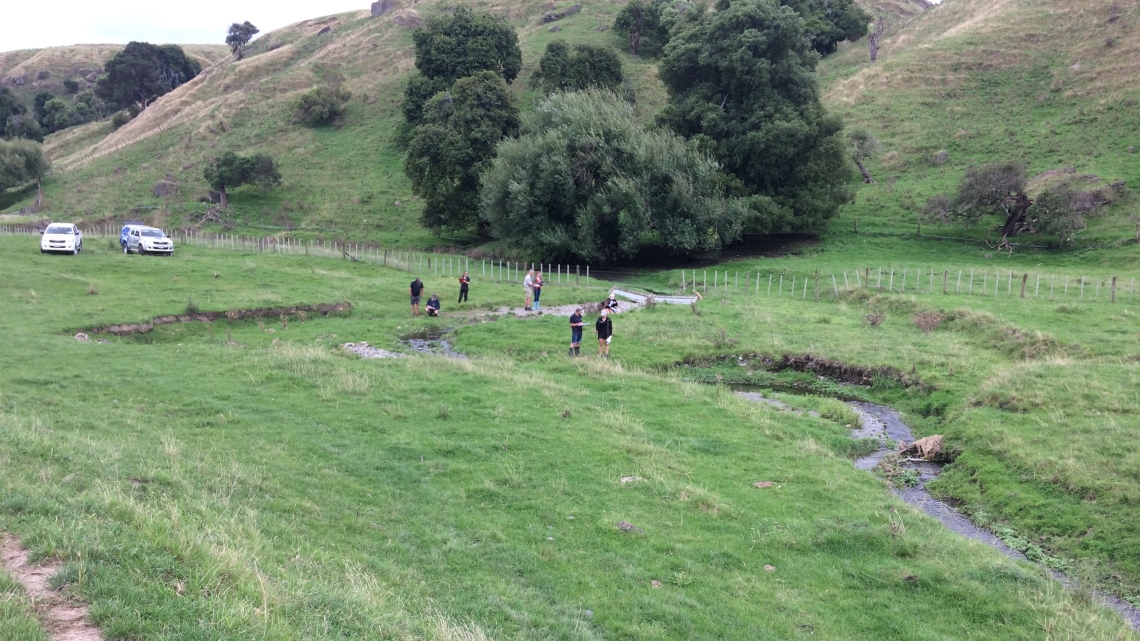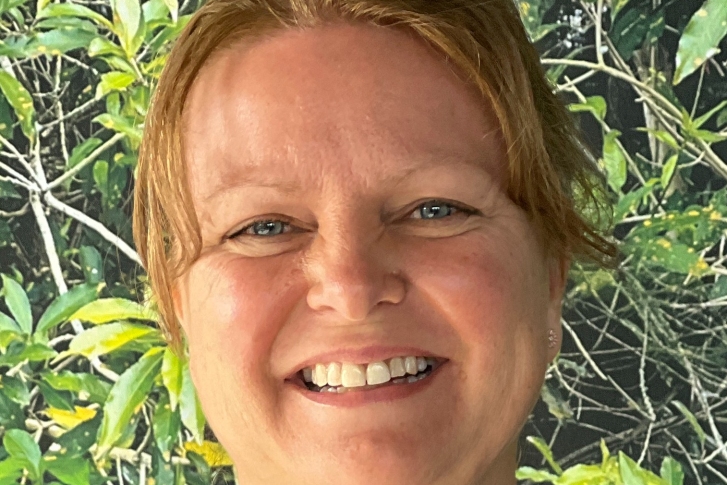NIWA has updated and restarted a course using a riparian planning tool developed by one of its former chief scientists more than 20 years ago.
Former Hawke’s Bay man John Quinn developed the Riparian Management Classification (RMC) in the late 1990s as a “thinking tool” to help design and manage riparian planting projects. Quinn used the RMC in NIWA's Targeted Riparian Management Course up until 2015 when he became chief scientist for the Freshwater and Estuaries Centre at NIWA.
NIWA Land and Water Scientist Lucy McKergow originally presented the Targeted Riparian Management Course with Quinn.
She has now restarted the programme and is leading it with NIWA Freshwater Ecologist Elizabeth Graham.
“John developed the RMC as a thought-experiment to help users assess how riparian functions vary across catchments,” McKergow said.
“The concept is to provide realistic, science-based expectations of riparian buffer performance for 12 different functions, including fish habitat, shading and water quality.”
The first Targeted Riparian Management Course since 2015 was held for Hawke’s Bay Regional Council staff in Napier over two days in late February 2022.
“It was fitting to hold the first course in Hawke’s Bay since John passed in 2018. Hawke’s Bay was his tūrangawaewae.”
There were 12 Hawke’s Bay Regional Council staff on the course with a background in physical geography, looking to increase their knowledge around stream ecosystems.
“We understand regional council staff are being approached by rural landowners asking how to tell if their stream is healthy.
“This course gives them the tools to increase their knowledge and confidence, to explain and educate landowners about their streams’ ecosystems.”
Xan Harding is Senior Catchment Adviser (Policy Implementation) for the Hawke’s Bay Regional Council.
He said the staff who attended the course enjoyed learning from a great mix of technical, scientific and practical content, delivered by two highly engaging subject matter experts.
“The Riparian Management Classification system at first appeared complex but we were left much more informed and confident to use what is a powerful framework for understanding, assessing and managing the broad range of elements that make up stream health.”
Harding said the course offered key tips which will help staff deliver good advice to landowners.
“For example, if you want to achieve 70 per cent shading over a waterway, which is recommended, the rule of thumb is that the maximum height of your trees need to be the same as the width of a stream.
“We also learnt that carbon input from trees which have fallen into streams is an essential part of the health of waterways. Tree trunks provide habitat and leaf litter is a food resource for aquatic life.”
Another tip was how to use the EPT Index as an assessment of stream health. The index includes the macroinvertebrate order: Ephemeroptera (mayflies); Plecoptera (stoneflies) and Trichoptera (caddisflies) which are sensitive to water pollution.
Harding said it was a bonus to have regional council staff complete practical work alongside the NIWA researchers.
“It’s not often in a course you get that opportunity to benefit from their experience, the course was a very powerful tool and executed well.”
Lucy McKergow said the regional council staff will be able to put the course knowledge into action.
“In a way, we have been training the trainers, to provide people with the correct advice to share with rural landowners, iwi and community groups, river care or land care groups.”
She said other Government agencies, consultants and university students are also interested in the courses.




